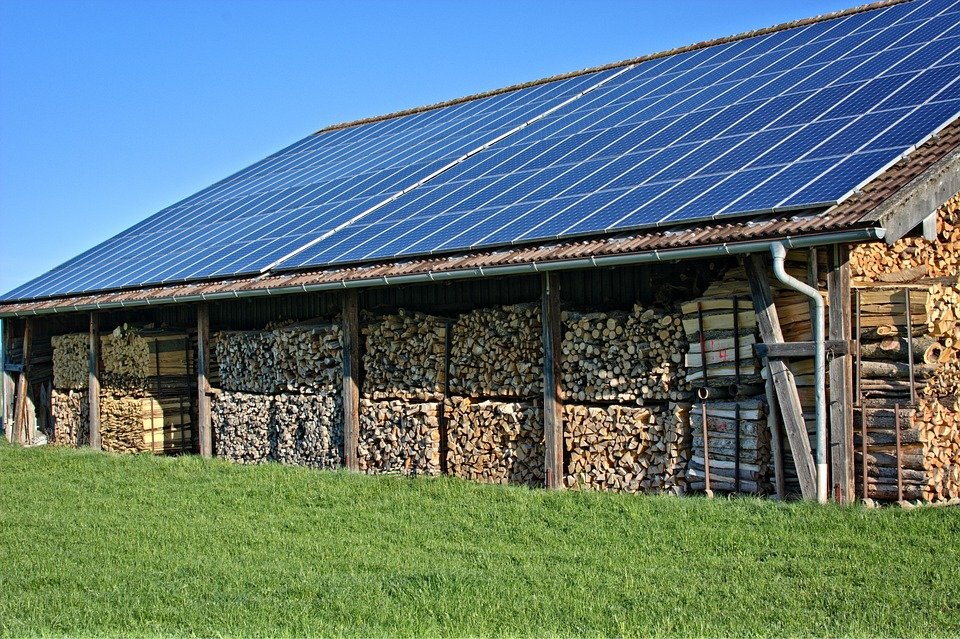Energy generation is a crucial aspect of modern society, as it powers everything from our homes and businesses to our transportation systems and technological devices. With the increasing global demand for energy, it is essential to explore innovative and sustainable methods of energy generation. One such method that holds great promise is harmonic energy.
Harmonic energy is a concept rooted in the principles of physics and the study of vibrations. It is based on the idea that every object or system has its own unique natural frequency at which it resonates. When this natural frequency is disturbed or altered, it creates harmonic energy that can be harnessed and converted into usable power.
In recent years, there have been significant advancements in the field of harmonic energy generation, unlocking its secrets and potential applications. These innovations offer a sustainable and efficient solution to our ever-growing energy needs. Let’s explore some of the key developments in this exciting field.
One of the most promising areas of harmonic energy generation is piezoelectricity. Piezoelectric materials have the unique property of generating an electric charge when subjected to mechanical stress. By utilizing this phenomenon, researchers have developed various applications to capture and convert harmonic energy.
For instance, piezoelectric flooring is an innovation that converts the mechanical energy of footsteps into electrical energy. When people walk on these specially designed floors, the pressure exerted generates small electrical charges, which can be collected and used to power nearby devices or stored for later use. This technology has the potential to revolutionize energy generation in public places such as malls, airports, and train stations.
Another emerging technology in harmonic energy generation is the use of vibrational energy harvesters. These devices are designed to capture the energy from ambient vibrations, such as those caused by traffic, machinery, or even wind. The harvested energy can then be used to power low-energy devices or stored in batteries for later use.
Researchers are also exploring the concept of resonance energy transfer, where energy is transferred wirelessly between two resonant objects. By placing two objects with similar natural frequencies in close proximity, energy can be transferred efficiently and effectively. This technology has the potential to eliminate the need for traditional power cables, enabling wireless charging of electronic devices or even powering entire buildings.
Furthermore, advancements in nanotechnology have opened up new possibilities for harmonic energy generation. Nanogenerators, for example, are tiny devices that can convert mechanical energy into electrical energy on a nanoscale. These devices can be integrated into various materials, such as clothing or even implants, to capture and utilize the energy from everyday movements.
In addition to these specific innovations, researchers are continuously exploring and refining various other methods of harnessing harmonic energy. These include using vibrational energy from vehicles or machinery, utilizing the energy from ocean waves or wind vibrations, and even tapping into the natural frequencies of structures or materials.
Unlocking the secrets of harmonic energy has the potential to revolutionize the way we generate and utilize energy. Not only does it provide a sustainable and efficient solution to our energy needs, but it also has the added benefit of being a clean and environmentally friendly source of power. As these innovations continue to evolve, we can look forward to a future where harmonic energy plays a significant role in meeting our energy demands while reducing our carbon footprint.
In conclusion, the field of harmonic energy generation is experiencing exciting advancements, paving the way for a more sustainable and efficient future. From piezoelectric flooring to vibrational energy harvesters, researchers are unlocking the secrets of harmonic energy and harnessing its potential. As these innovations continue to evolve, we can expect to see transformative changes in the way we generate and utilize energy, ultimately leading to a greener and more sustainable world.

